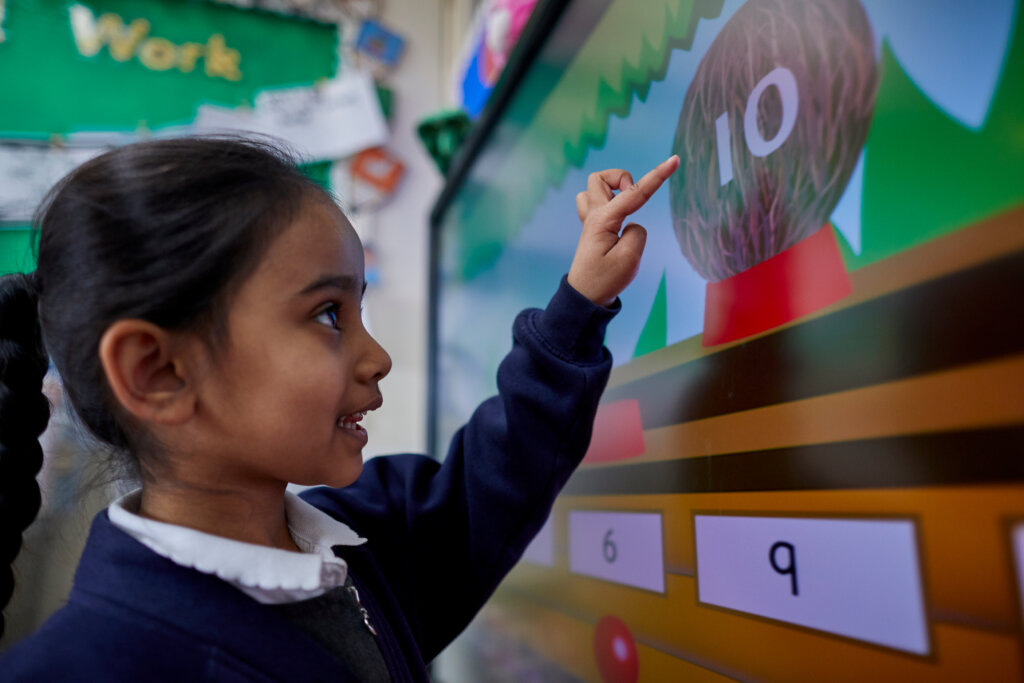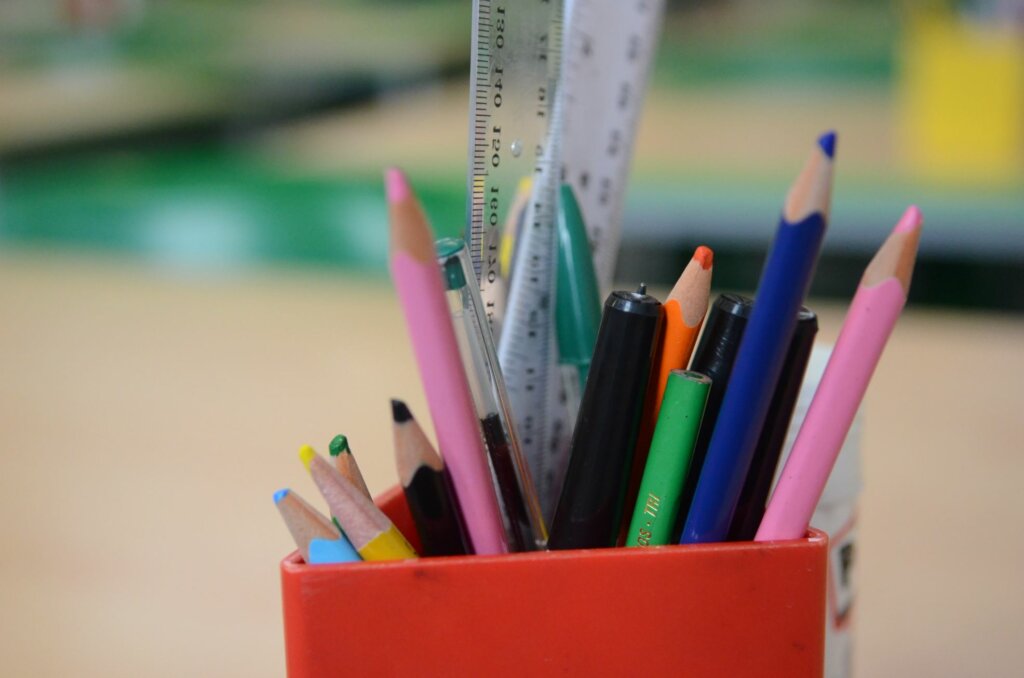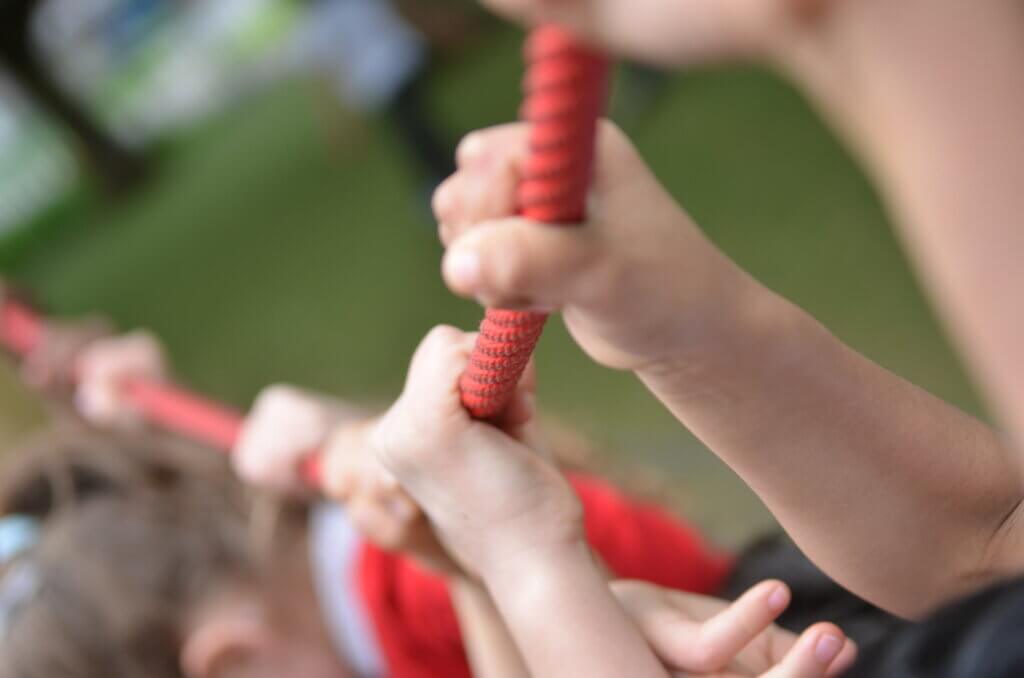Earlier this year, the NSPCC published an analysis of the reported Child Sexual Abuse and Exploitation (CSAE) crimes across England and Wales. The report shows there were around 107,000 offences reported in 2022 – nearly four times what it was in 2012. Data also shows the type of crime regarding CSAE has changed significantly. Historically, child-on-child abuse accounted for a third of offences. Now, it accounts for just over half.
Similarly, many schools are seeing a rise in the number of incidences of child-on-child abuse. In Keeping Children Safe in Education (KCSIE) 2024, it is made clear that all school staff should be aware of the important role they have to play in preventing child-on-child abuse and responding where they believe a child may be at risk from it.
In this blog, we will explore the problem of child-on-child abuse and the strategies that schools can implement to address it.
What is child-on-child abuse?
Children can, and sometimes do, abuse other children. This is referred to as child-on-child abuse and can take place both inside and outside of school, face-to-face and online. The term “child-on-child abuse” applies to the abuse of one child by another child, regardless of the age, stage of development, or any age differential between them.
As stated in KCSIE, child-on-child abuse is most likely to include, but may not be limited to:
- bullying (including cyberbullying)
- physical abuse
- sexual violence
- sexual harassment
- upskirting
- sexting (also known as youth produced sexual imagery)
- abuse in intimate personal relationships between children
- initiation/hazing type violence and rituals
How common is child-on-child abuse?
Even if there are no reports of child-on-child abuse in your setting – that doesn’t mean it isn’t happening. It’s more likely that it is just not being reported.
Children may not feel ready or know how to tell someone that they are being abused. They may often feel embarrassed, humiliated, or potentially threatened. In some cases, children may not recognise their experiences as harmful.
- According to the Anti-Bullying Alliance, almost one in four (23%) pupils between the ages of 4 – 18 report being recently bullied.
- In 2021, Ofsted launched a review of sexual abuse in schools and colleges. Almost 80% of girls above the age of 13 reported that sexual assault happens a lot or sometimes between people their age.
- When asked how often they felt safe at school, just two in five pupils said that they felt safe at school ‘every day,’ in response to a government survey.
What can we do to safeguard pupils in school from child-on-child abuse?
- Report concerns
We know it can be difficult to imagine that one of the young people we work with might be capable of perpetrating abuse. But it is important to remember that both they, and the victim, may be in need of support. Indeed, the Anti-Bullying Alliance found that pupils who have been bullied and those who bully others, either face-to-face or online, are significantly more likely to report poor wellbeing – with those who bully the most likely to report poor wellbeing.
With this in mind, it’s essential to report any concerns regarding child-on-child abuse in line with your school’s safeguarding policies and procedures. This means that action can be taken to resolve the issue and prevent it from happening again. Child-on-child abuse should be clearly identified in your school’s safeguarding policy and should be available to all staff and governors as a point of reference.
- Consider those who are most vulnerable
Whilst any child can experience child-on-child abuse, it’s important to be aware of those who are particularly vulnerable so that you can stay vigilant, identify the signs, and offer early intervention. Those who are particularly vulnerable to child-on-child abuse include girls, black and minority ethnic children, those who are (or perceived to be) LGBT, children living in care, or children with histories of intra-famalial abuse or bereavement.
Pupils with special educational needs or disabilities (SEND) are also particularly vulnerable to child-on-child abuse, as they are with other forms of abuse. Unfortunately, changes in mood or behaviour can often be attributed to the child’s disability, rather than an indicator of abuse. When raising or responding to concerns of abuse, be mindful of how to communicate and support children with SEND in a way that best reflects their needs.
- Open up conversations
Children and young people may not always understand the full severity of their actions. Ensure there are regular opportunities to discuss safeguarding topics in school so that pupils can learn, ask questions, and challenge misconceptions. This will encourage young people to take responsibility for their actions, rather than downplaying certain behaviours as “just having a laugh” or “boys will be boys.” Moreover, opening conversations may give pupils the confidence to disclose their own abuse, reassured by the knowledge that a member of staff will support them.
Don’t forget to spread the message to parents too. What parents may see as “normal” sexual development may actually be harmful sexual behaviours. For example, in response to a UK-wide survey, it was found that 44% of respondents mistakenly believe that it is legal to encourage someone to send sexual images if they themselves are under 18. Likewise, parents may not be aware that upskirting is now a criminal offence since the introduction of a new law in 2019. It is important to raise awareness on these issues so that parents can continue to educate their children at home, whilst reminding them who they can contact in school if they have any concerns.
Further information
If you would like support in tackling these conversations with pupils or parents within your setting, please contact the Pupil Attendance and Safeguarding team at One Education. Our advisers will be able to offer guidance and training on this topic and can also provide support on how to best include child-on-child abuse within your school safeguarding policy.
Our Safeguarding Conference is an incredible opportunity to learn more about tackling child-on-child abuse and other safeguarding matters in school. This year’s conference takes place on Friday, 8 November 2024, bringing together a wide range of national leaders and experts in child protection.
Book now while places remain.
















